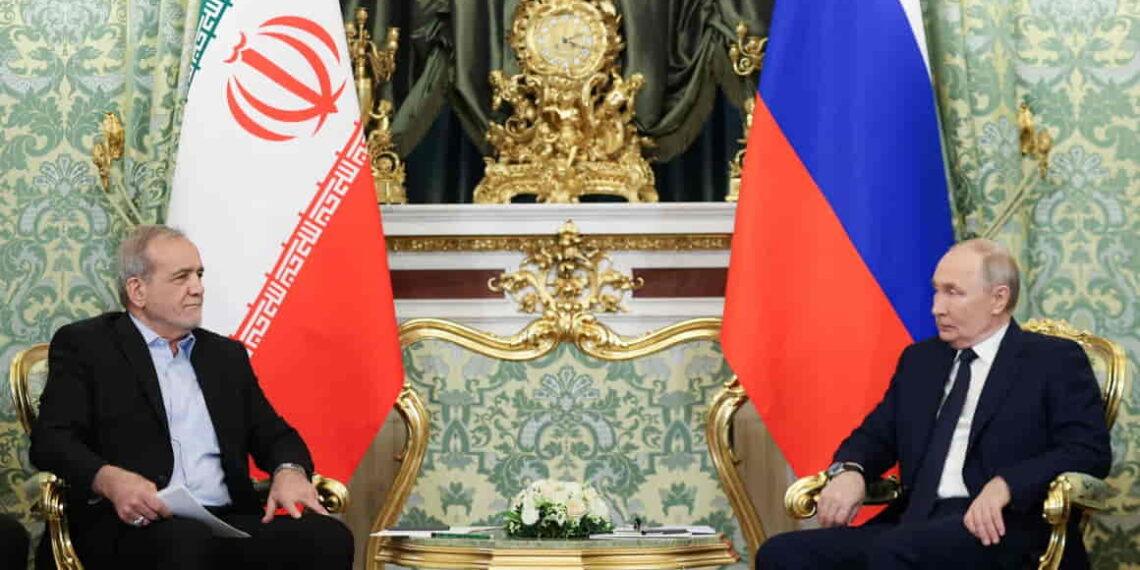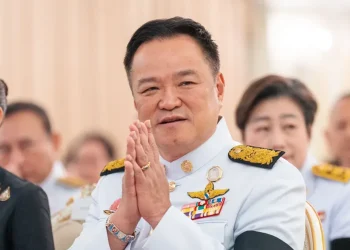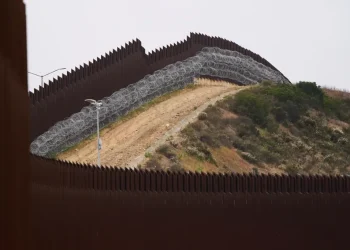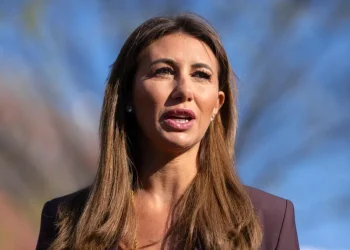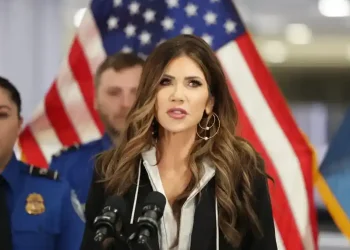Russia and Iran Strengthen Ties with New Treaty, Impacting Ukraine War and US Relations
In a move that could reshape the global balance of power, Russia and Iran signed a “comprehensive partnership agreement” just days before US President-elect Donald Trump’s return to office. This long-awaited deal shifts attention to the growing partnership between the two countries, which has significantly influenced the war in Ukraine and poses challenges to the US-led international order.
A Complex History of Cooperation and Conflict
Russia and Iran share a complicated relationship marked by conflict and mutual distrust. Despite these challenges, the war in Ukraine has drawn the two nations closer together. Both countries now share a common objective: opposing the US, which has positioned itself as a major adversary in their foreign policies.
Jon Alterman, Director of the Middle East Center at the Center for Strategic and International Studies, stated that the shared desire to counter US influence has united Russia and Iran, especially in Ukraine. “It’s brought them together on the battlefields of Ukraine,” Alterman remarked.
Putin and Pezeshkian Celebrate Strategic Partnership
Russian President Vladimir Putin and Iranian President Masoud Pezeshkian praised the new partnership. Putin emphasized the significance of the agreement, while Pezeshkian highlighted the day-by-day growth of the relationship between the two nations.
Unlike Russia’s security pact with North Korea, this agreement with Iran does not involve mutual defense obligations. Instead, it focuses on preventing military or other assistance to any aggressor.
A Turning Point in the Ukraine War
In July 2022, during the early stages of his full-scale invasion of Ukraine, Putin visited Tehran—a pivotal moment that reshaped Russia’s military strategy. Although Russia was initially struggling to gain territory in Ukraine, the visit opened the door for new cooperation with Iran.
Through a deal struck after that visit, Russia began producing Iranian-designed Shahed drones at a factory in Tatarstan. These drones have played a crucial role in Russia’s war efforts, targeting Ukrainian civilians and energy infrastructure in attempts to break their resolve.
By the end of 2024, Russia had launched over 11,000 Shahed drones in Ukraine, far surpassing the 2,500 used in 2023. Russia also allegedly received Iranian ballistic missiles, although there’s no confirmed evidence of their deployment in Ukraine yet. This potential escalation has raised alarm among Ukraine’s allies.
Shifting Dynamics on the Battlefield
Despite Russia’s military struggles, recent gains have shifted the battlefield in its favor. Russian forces are now gaining territory in eastern Ukraine, with assistance from North Korean troops in the Russian region of Kursk. With Trump’s administration signaling a potential shift in US foreign policy, Russia sees an opportunity to strengthen its position and negotiate for concessions on occupied territories.
During their meeting, Putin and Pezeshkian discussed the increasingly “asymmetric” nature of their partnership. While Russia views itself as the dominant partner, Iran sees the relationship as crucial to countering its security threats, particularly from the US and Israel.
Iran’s Growing Concerns and Russia’s Strategic Advantage
Iran, feeling insecure amidst rising threats from the US and Israel, is eager for Russia’s support. According to Nikita Smagin, an expert on Russian-Iranian relations, Iran’s leadership is rushing to finalize this deal in light of various regional security concerns.
However, Russia may look to exploit Iran’s vulnerabilities. Alterman suggested that while Russia is willing to assist Iran, it may also seek to extract more concessions as the partnership deepens.
While Russia’s production of Shahed drones on its own soil lessens Iran’s direct involvement, Russia still faces manpower shortages on the battlefield. Yet experts are doubtful that Iran would deploy troops to support Russia’s efforts, especially as it remains cautious about sacrificing its own soldiers in external conflicts.
Strategic Messaging to the US and Iran’s Nuclear Capabilities
For Iran, this new treaty with Russia may also serve as a message to the incoming US administration. Iran, seeking a revival of the 2015 nuclear deal, may use the agreement as leverage in its negotiations with the US. The specter of nuclear escalation looms large, as Iran’s nuclear capabilities continue to develop, with Russia potentially helping to amplify these concerns.
Alterman warned, “The Iranians certainly have some worrying capabilities, and the Russians have shown a willingness to use worrying capabilities.” The treaty signals to the US that both Russia and Iran have options that could challenge American foreign policy priorities.
As both countries strengthen their alliance, the consequences of their partnership for the war in Ukraine and the broader geopolitical landscape will continue to unfold. With the Trump administration taking office, Russia and Iran may seek to recalibrate their approach to the US and further solidify their strategic alliance.
This article was rewritten by JournosNews.com based on verified reporting from trusted sources. The content has been independently reviewed, fact-checked, and edited for accuracy, neutrality, tone, and global readability in accordance with Google News and AdSense standards.
All opinions, quotes, or statements from contributors, experts, or sourced organizations do not necessarily reflect the views of JournosNews.com. JournosNews.com maintains full editorial independence from any external funders, sponsors, or organizations.
Stay informed with JournosNews.com — your trusted source for verified global reporting and in-depth analysis. Follow us on Google News, BlueSky, and X for real-time updates.
